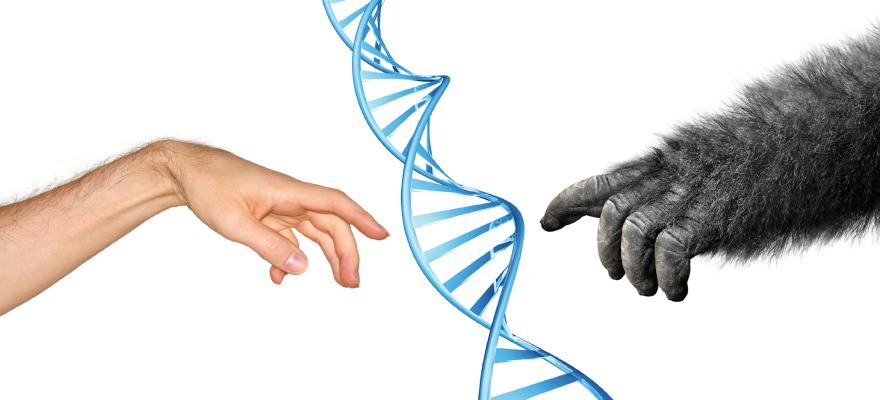DNA in everywhere, even past: What is ancient DNA (aDNA)?
What is aDNA and Why it is Exciting?
aDNA is fertile for getting more information from archaeological and paleontological organic remains for evolution processes, identification of animal and plant species, migration patterns, diseases of prehistoric societies, sex identifications of low preserved remains and other questions researchers want to learn.The studies of aDNA, use nuclear DNA, Y-chromosome and mitochondrial DNA (mt DNA) data for their aims.
To get individual and genetic results from samples by nuclear DNA needs to the high degree of preservation for analyzing and although this is a handy cap for archaeological remains mostly, it is a direct way to access genetic info if preservation situation is available. All of the livings including DNA and transfers genetic codes to new generations. The special importance of DNA is the same for ancient lives. DNA is useful in learning more about past and to associate them with the present. aDNA studies use two type of method to get information.
- Y-Chromosome,
- mtDNA.
Y-Chromosome and mtDNA provide distinct results by analyses. Y-Chromosome cames from males nuclear DNA and mtDNA (mitochondrial DNA) exists in mitochondria of cells. MtDNA passed from mother to her children and this transfer makes it important to genesis following studies especially for origin, migration, and evolutional based. Another advantage of mtDNA is the degree of preservation of this structure. There are many copies of mtDNA in a cell than nuclear DNA and it is possible to get well-preserved samples from the assemblage.
As a result of the degree of preservation and informative including of mtDNA, this type is one of the most common research in prehistoric studies. aDNA has great importance for ancient studies and used for much more study day by day. It provides new results for big questions of past and detailed information about people and societies or spreading process of animal and plant species in all of the world. The problems of contamination during analyzing processes is getting lower with new investigations and techniques and results are getting more trustable.
I think aDNA results are very exciting and I want to talk about in following posts. Thanks you for reading
Refferences:
Picture: https://www.dna-worldwide.com/blog/690/ancient-dna-and-why-its-so-important
Bernd Herrmann & Susanne Hummel 1994 " Ancient DNA, Recovery and Analysis of Genetic Material from Paleontological, Archaeological, Museum, Medical, and Forensic Specimens" Springer - Verlag.


Congratulations @seewithme! You have received a personal award!
Click on the badge to view your Board of Honor.
Congratulations @seewithme! You received a personal award!
You can view your badges on your Steem Board and compare to others on the Steem Ranking
Vote for @Steemitboard as a witness to get one more award and increased upvotes!